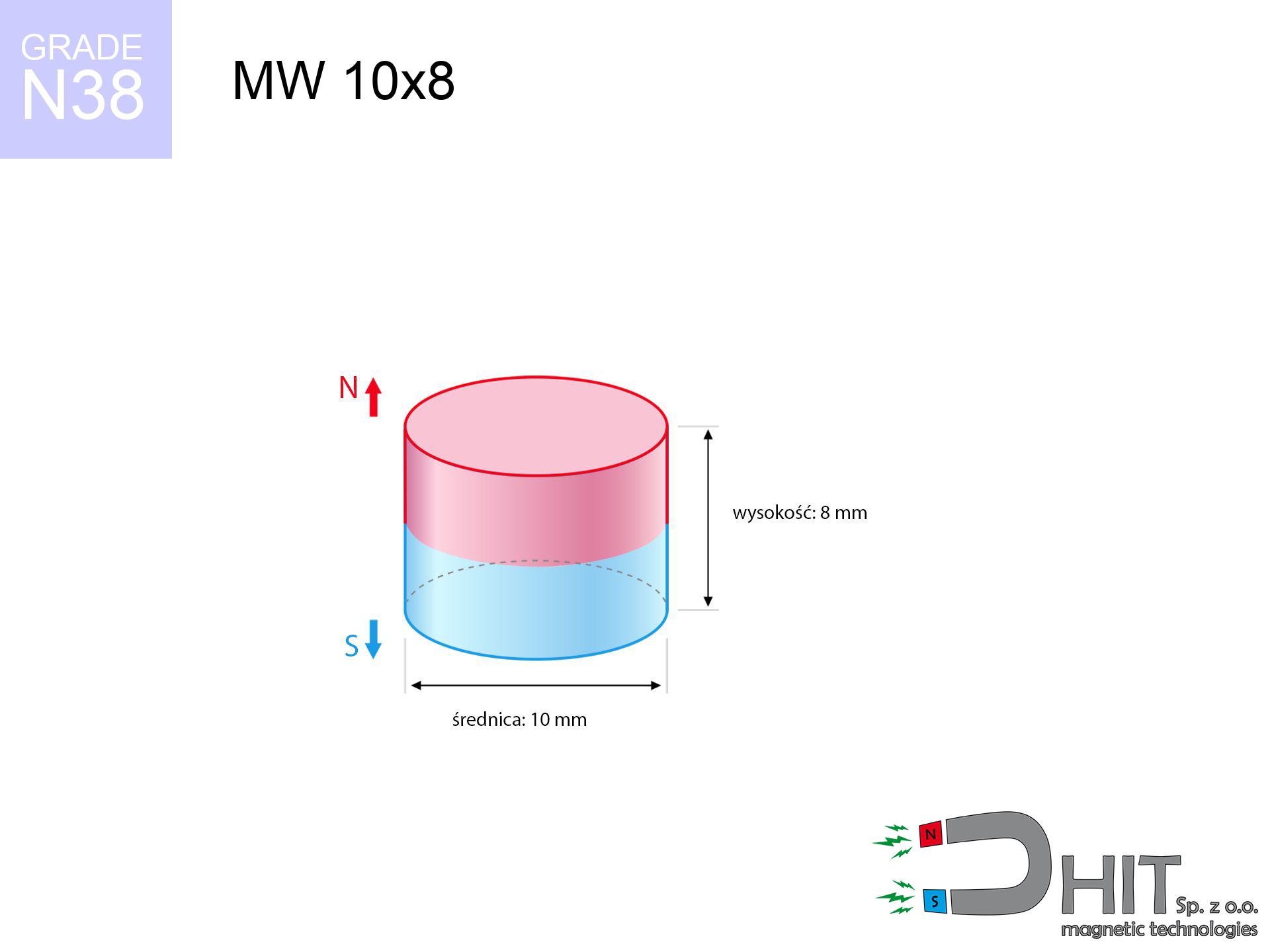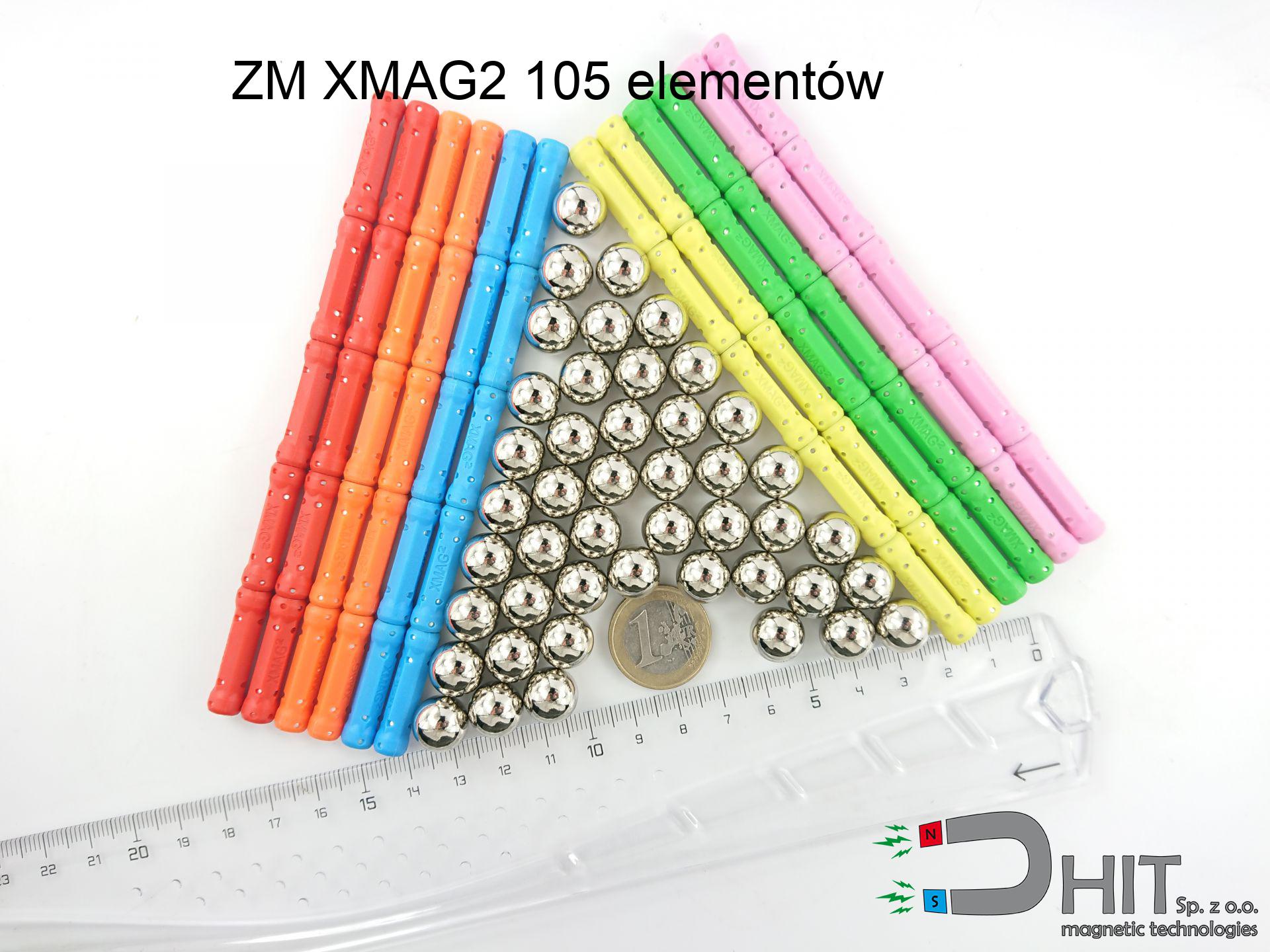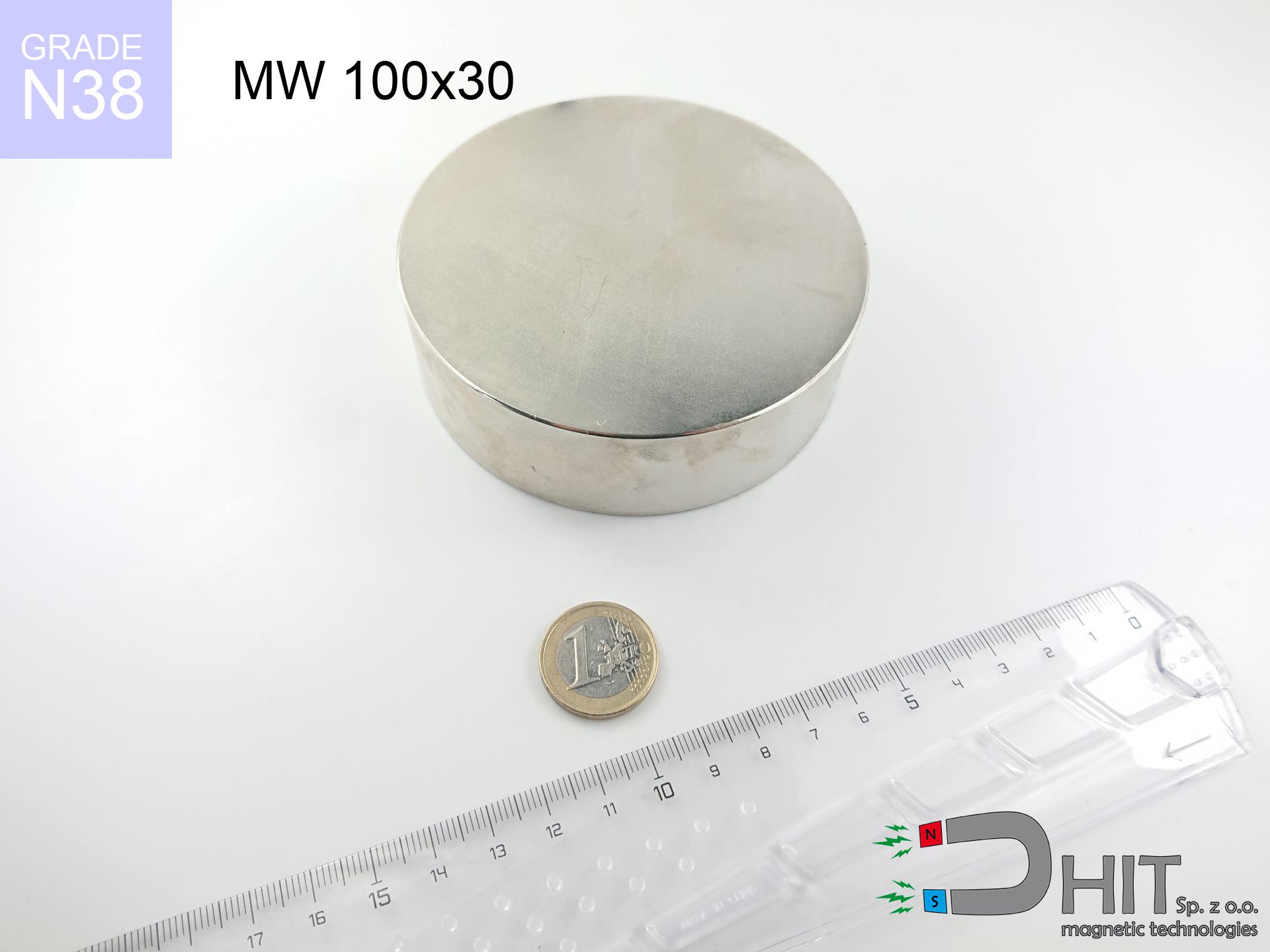MW 10x8 / N38 - cylindrical magnet
cylindrical magnet
Catalog no 010013
GTIN: 5906301810124
Diameter Ø [±0,1 mm]
10 mm
Height [±0,1 mm]
8 mm
Weight
4.71 g
Magnetization Direction
↑ axial
Load capacity
4.42 kg / 43.35 N
Magnetic Induction
525.10 mT
Coating
[NiCuNi] nickel
2.18 ZŁ with VAT / pcs + price for transport
1.770 ZŁ net + 23% VAT / pcs
bulk discounts:
Need more?Can't decide what to choose?
Call us
+48 22 499 98 98
if you prefer let us know via
contact form
the contact section.
Weight as well as appearance of a magnet can be estimated using our
modular calculator.
Same-day shipping for orders placed before 14:00.
Magnetic properties of material N38
Physical properties of sintered neodymium magnets Nd2Fe14B at 20°C
Shopping tips
Advantages as well as disadvantages of rare earth magnets.
Besides their stability, neodymium magnets are valued for these benefits:
- They retain magnetic properties for around 10 years – the drop is just ~1% (according to analyses),
- Magnets perfectly defend themselves against loss of magnetization caused by foreign field sources,
- A magnet with a shiny silver surface has an effective appearance,
- Neodymium magnets create maximum magnetic induction on a small area, which allows for strong attraction,
- Through (adequate) combination of ingredients, they can achieve high thermal resistance, enabling action at temperatures reaching 230°C and above...
- Thanks to freedom in forming and the capacity to customize to individual projects,
- Fundamental importance in modern technologies – they are used in magnetic memories, electric drive systems, medical devices, as well as multitasking production systems.
- Compactness – despite small sizes they provide effective action, making them ideal for precision applications
What to avoid - cons of neodymium magnets: tips and applications.
- At very strong impacts they can break, therefore we recommend placing them in steel cases. A metal housing provides additional protection against damage and increases the magnet's durability.
- Neodymium magnets demagnetize when exposed to high temperatures. After reaching 80°C, many of them experience permanent drop of strength (a factor is the shape and dimensions of the magnet). We offer magnets specially adapted to work at temperatures up to 230°C marked [AH], which are extremely resistant to heat
- When exposed to humidity, magnets start to rust. To use them in conditions outside, it is recommended to use protective magnets, such as magnets in rubber or plastics, which secure oxidation as well as corrosion.
- Limited ability of producing threads in the magnet and complex shapes - preferred is cover - magnet mounting.
- Potential hazard related to microscopic parts of magnets are risky, if swallowed, which gains importance in the context of child safety. It is also worth noting that small components of these magnets are able to disrupt the diagnostic process medical after entering the body.
- With mass production the cost of neodymium magnets is economically unviable,
Highest magnetic holding force – what it depends on?
Holding force of 4.42 kg is a theoretical maximum value executed under standard conditions:
- with the application of a yoke made of special test steel, ensuring maximum field concentration
- with a cross-section minimum 10 mm
- with an polished contact surface
- with total lack of distance (without impurities)
- under vertical force vector (90-degree angle)
- at standard ambient temperature
Key elements affecting lifting force
In practice, the actual lifting capacity results from a number of factors, ranked from crucial:
- Gap between magnet and steel – every millimeter of distance (caused e.g. by veneer or unevenness) significantly weakens the magnet efficiency, often by half at just 0.5 mm.
- Force direction – remember that the magnet holds strongest perpendicularly. Under shear forces, the capacity drops drastically, often to levels of 20-30% of the nominal value.
- Wall thickness – the thinner the sheet, the weaker the hold. Magnetic flux penetrates through instead of converting into lifting capacity.
- Material composition – not every steel reacts the same. High carbon content weaken the interaction with the magnet.
- Surface finish – ideal contact is possible only on smooth steel. Any scratches and bumps create air cushions, weakening the magnet.
- Temperature – temperature increase results in weakening of induction. It is worth remembering the thermal limit for a given model.
* Holding force was measured on the plate surface of 20 mm thickness, when the force acted perpendicularly, in contrast under shearing force the load capacity is reduced by as much as 75%. Additionally, even a small distance {between} the magnet and the plate decreases the lifting capacity.
Safety rules for work with NdFeB magnets
Swallowing risk
Only for adults. Tiny parts pose a choking risk, leading to intestinal necrosis. Keep away from kids and pets.
Combustion hazard
Fire hazard: Neodymium dust is explosive. Avoid machining magnets without safety gear as this may cause fire.
Do not overheat magnets
Standard neodymium magnets (grade N) lose power when the temperature exceeds 80°C. The loss of strength is permanent.
Finger safety
Big blocks can smash fingers instantly. Under no circumstances put your hand betwixt two attracting surfaces.
Magnets are brittle
Beware of splinters. Magnets can explode upon violent connection, launching shards into the air. We recommend safety glasses.
Impact on smartphones
GPS units and mobile phones are extremely susceptible to magnetic fields. Direct contact with a powerful NdFeB magnet can decalibrate the sensors in your phone.
Metal Allergy
Certain individuals have a sensitization to Ni, which is the standard coating for neodymium magnets. Frequent touching might lead to a rash. We recommend wear safety gloves.
Life threat
For implant holders: Powerful magnets affect medical devices. Maintain at least 30 cm distance or request help to work with the magnets.
Threat to electronics
Do not bring magnets close to a purse, computer, or TV. The magnetism can destroy these devices and erase data from cards.
Conscious usage
Before starting, check safety instructions. Uncontrolled attraction can break the magnet or hurt your hand. Be predictive.
Safety First!
Details about risks in the article: Safety of working with magnets.




![SM 25x375 [2xM8] / N42 - magnetic separator SM 25x375 [2xM8] / N42 - magnetic separator](https://cdn3.dhit.pl/graphics/products/sm-25x375-2xm8-feg.jpg)




